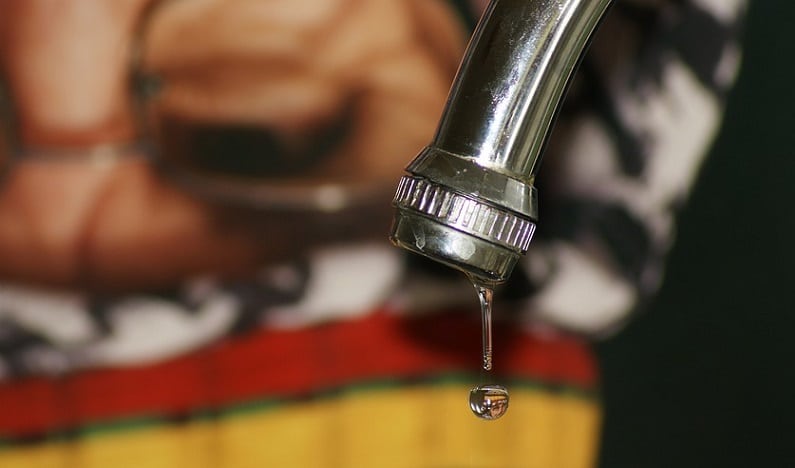Legal limits for contaminants covered by the Safe Drinking Water Act are supposed to protect us from dangerous contaminants in our drinking water, but are they enough?
When it comes to your drinking water there should be no compromises on the quality, but too often economic and political compromises are introduced that keep treatment costs down but fail to address the most common sources of pollution in our drinking water; industrial pollution, pesticide runoff from farmland, crumbling water pipes, and drugs that are not filtered out.
The main problem seems to be that many of the tests that are conducted are based on standards that are outdated, often due to the chemical industry’s lobbying against tougher regulations. Unfortunately this means that there are no standards whatsoever for many of the contaminants currently found in our drinking water.
Many countries are struggling with aging water infrastructure and are either unwilling or financially unable to fix this problem. Unfortunately this means that there is much water lost to broken pipes and leaking taps, and there are also still too many contaminants in our drinking water.
So-called consumer confidence reports paint a rosy picture in which everything is great with all standards being met, but they typically do not report seasonal spikes in contamination that often exceed legal limits for weeks or even months at a time, or contaminants that lack legal limits.
What is happening too often is that authorities are not taking into consideration the fact that science is always changing, and substances that were once considered safe are now found not to be – a perfect example of this is the fluoride used in the drinking water in many countries which many research studies have now proven is carcinogenic.
The best method to ensure that your drinking water is completely safe is to invest in a water cooler with a really good filter. Contact Living-Water today for a free quote.






